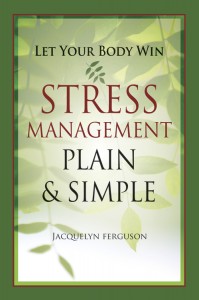Should Wellness be replaced by Well-Being?
By Michael Arloski
 The term “Well-being” may have come along at just the right time. Public speakers and marketers are re-branding “wellness” as “well-being” by saying that well-being is more complete, more holistic. Well-being, they say, incorporates the whole person, their environment, their financial picture, their career, etc. On the one hand it’s too bad that we have to invent a new term to refresh our memory of what wellness really is. On the other, with the way that corporations and organizations have allowed their wellness programs and products to deteriorate into overly simplistic efforts, based on single-measurable-variable pieces of research, well-being may be the kick in the pants that reminds us about “Whole-Person Wellness”.
The term “Well-being” may have come along at just the right time. Public speakers and marketers are re-branding “wellness” as “well-being” by saying that well-being is more complete, more holistic. Well-being, they say, incorporates the whole person, their environment, their financial picture, their career, etc. On the one hand it’s too bad that we have to invent a new term to refresh our memory of what wellness really is. On the other, with the way that corporations and organizations have allowed their wellness programs and products to deteriorate into overly simplistic efforts, based on single-measurable-variable pieces of research, well-being may be the kick in the pants that reminds us about “Whole-Person Wellness”.
Twenty to forty-year veterans of the wellness and health promotion field hear speakers appear to create false distinctions between the terms well-being and wellness. And yet, are they indeed false distinctions?
Has the term wellness been worn out? It has certainly been misused and abused. Here in Northern Colorado a wellness center is probably a medical marijuana dispensary. Google the word and the number one listing on that search engine is always the Wellness brand of dog and cat food.
What may be more disturbing though, is how we have come to look at wellness in ways that jettison its original holistic meaning. In an effort to be more scientific and evidence-based, we have embraced research efforts to show the effectiveness of our approaches to wellness and health promotion. While this research is important and has yielded much of great value, too much of it has been focused on what could be called the measurement of a single variable. As we’ve tried to apply the scientific method to this cause we’ve oversimplified our approach far too often. When we want to study the health behavior of human populations the challenge is daunting.
It’s easy to control extraneous variables in a “Skinner Box”*. Any social scientist will tell you
 that people are a lot more complicated. The result has been too many health behavior studies measuring one aspect of activity, one blood lipid level, one blood sugar level. While those little building blocks all help to assemble the scientific foundation we need, too much is concluded from them. In our online digital world a simple study with twenty subjects, run one time, has its results proclaimed as headline news.
that people are a lot more complicated. The result has been too many health behavior studies measuring one aspect of activity, one blood lipid level, one blood sugar level. While those little building blocks all help to assemble the scientific foundation we need, too much is concluded from them. In our online digital world a simple study with twenty subjects, run one time, has its results proclaimed as headline news.
Following the medical world, where the threat of litigation for malpractice hovers over every practice like a vulture, we have sought to provide only programming that is evidence-based. That means, as Dee Edington stated at the 2013 American College of Lifestyle Medicine Conference, “if you only do evidence-based [programs] you’ll never innovate!” The temptation is to dumb-down our concept of wellness to just physical fitness and nutrition. The temptation is to be happy that we got someone to walk three times a week and call it good.
There Is Nothing New Under the Sun
Dusting off the yellowed pages of my edition of Donald Ardell’s High Level Wellness: An Alternative To Doctors, Drugs and Disease (1977) I found my long-time friend Don referred to his colleague and fellow wellness pioneer, Jack Travis, as Jack and he defined wellness: “Travis believes that wellness begins when an individual sees himself or herself as a growing, changing person. High level wellness means giving care to the physical self, using the mind constructively, channeling stress energies positively, expressing emotions effectively, becoming creatively involved with other, and staying in touch with the environment.” Ardell posed five dimensions of wellness,
Bill Hetler six http://www.nationalwellness.org/?page=Six_Dimensions), and Travis, including a number of psychological dimensions, built a model with twelve dimensions. (http://www.wellpeople.com/Wellness_Dimensions.aspx)
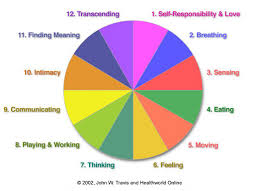
Clearly Wellness has always been meant to be a holistic concept as I stated in 1994 in my article “The Ten Tenets of Wellness” (published in Wellness Management, the newsletter of The National Wellness Association, which also can be found in Chapter Two in Wellness Coaching for Lasting Lifestyle Change, 2nd ed.
Indeed we’ve seen it all before. The term “Mindfulness” has been skillfully re-packaged by Jon Kabat-Zinn and others. Studying today’s version of mindfulness someone like me is transported back to about 1968 when I was in college and reading books like Bernard Gunther’s Sense Relaxation Below Your Mind. Of course everything we’re talking about here is based on practices that go back thousands of years in the traditions of meditation, Yoga, Tai Chi, and more.
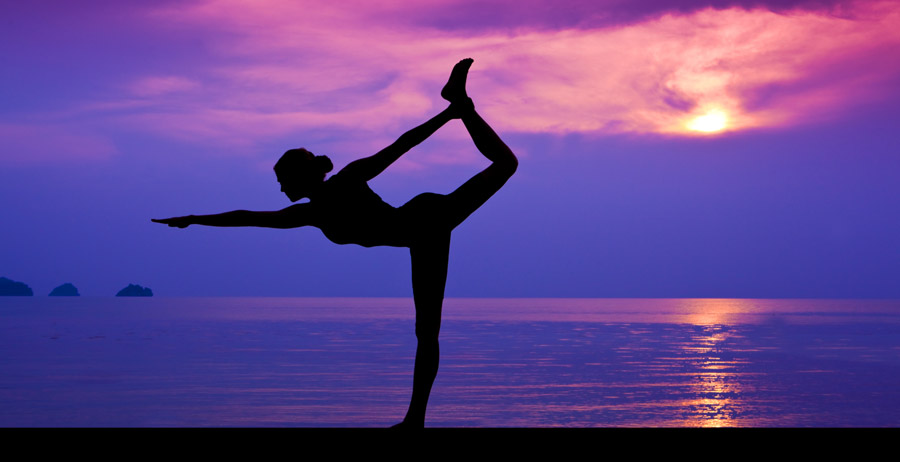
While in my doctoral program in the 1970’s, I was blessed with the opportunity to learn deeply about biofeedback and how to apply it in working with stress-related disorders. I specialized in that for many years as a psychologist and served as the President of The Ohio Society for Biofeedback and Behavioral Health. The beauty of the research done by biofeedback pioneers Elmer and Alice Greene (http://www.amazon.com/Beyond-Biofeedback-Elmer-Freen/dp/0940267144 and http://www.consciousnessandbiofeedback.org) was to use recently developed technology to study the consciousness practices of Indian Yogis, monks, and others. By examining their subject’s brain waves and various physiological indicators they ended up validating the legitimacy of such practices. Thus we see that today’s mindfulness has its roots in research completed under other names as well.
Today’s dynamic “Positive Psychology” movement has invigorated the field of psychology and is providing the sound research evidence that is validating what the Humanistic Psychology folks have been saying since the 1950’s and 1960’s. The “Human Potential Movement” of the late 1960’s and the work of Abraham Maslow, Virginia Satir, Carl Rogers, Rolo May and many others, emphasized looking at human behavior from a positive growth perspective instead of the usual clinical/pathological perspective. Saying that Martin Seligman founded the Positive Psychology Movement may be accurate in recent history, but he did so standing on the shoulders of these earlier giants. Our field of coaching also built its self on these same shoulders and from its inception always took on a positive psychology, strengths-based approach to working with people.
A Return To Whole-Person Wellness. Looking at wellness programs merely as cost-containment strategies has caused us to develop a tunnel vision ROI-only view. Some companies today are spending more money on their incentives to get people to take a health-risk assessment, etc. than they are spending on their wellness programs! When we view employees only as statistical units that drive up healthcare costs, we down-size or dumb-size our thinking.
The well-being approach would have us view employees as whole people who can contribute to the mission and purpose of our company and do so through creative, higher performance that happens when they are well in this holistic sense. The term to shift to is VOI (Value On Investment).
More Than Just Corporate Health Promotion. When we step outside of the corporate world we see wellness, and now well-being, at work in our healthcare settings, communities, schools, places of worship, and among groups and individuals who want to live their best life possible. We are realizing the powerful effect that connection and community provides for our
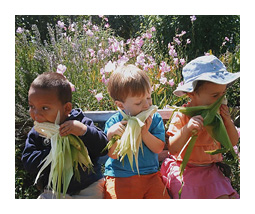 health and well-being. We are seeing how having safe green spaces to walk, play and exercise increase the health of communities. Part of our approach to wellness/well-being is to step outside of a myopic corporate perspective and remember that not everyone works for a company with the benefits of a wellness program. Being inclusive of under-served populations in both rural and urban areas, Native American/First Nations Reservations, and others means maintaining this big-picture view of what wellness/well-being means.
health and well-being. We are seeing how having safe green spaces to walk, play and exercise increase the health of communities. Part of our approach to wellness/well-being is to step outside of a myopic corporate perspective and remember that not everyone works for a company with the benefits of a wellness program. Being inclusive of under-served populations in both rural and urban areas, Native American/First Nations Reservations, and others means maintaining this big-picture view of what wellness/well-being means.
If Well-Being helps us remember to work with the whole person and view them from a holistic perspective – great! If the term refreshes programs and generates engagement – wonderful! Bring on Well-Being while we remember what it really is – Whole Person Wellness.
* A Skinner Box is an apparatus for studying instrumental conditioning in animals (typically rats or pigeons) in which the animal is isolated and provided with a lever or switch that it learns to use to obtain a reward, such as a food pellet, or to avoid a punishment, such as an electric shock.
Dr. Arloski is the author of the seminal work Wellness Coaching for Lasting Lifestyle Change, 2nd Edition, and Your Journey to a Healthier Life.


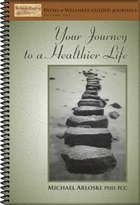
 Maintaining healthy relationships requires contact skills which help you meet others and stay in touch. Expanding social skills isn’t easy for everyone. Some are shy and some are extroverted. Most of us are somewhere in between. For those who are shy, try to keep in mind that no one is born with contact skills; we learn them as we go.
Maintaining healthy relationships requires contact skills which help you meet others and stay in touch. Expanding social skills isn’t easy for everyone. Some are shy and some are extroverted. Most of us are somewhere in between. For those who are shy, try to keep in mind that no one is born with contact skills; we learn them as we go.